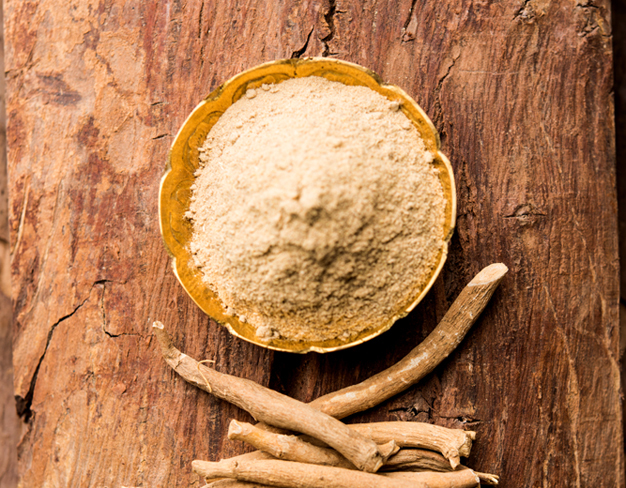Ashwagandha sales have been trending in recent years. Boasted as a solution for everything from stress relief to inflammation reduction, it’s been working its way into dietary supplements and (increasingly) recipes!
But if you’re not really sure what ashwagandha is (or even how to pronounce it), you might not understand why this herb is a great addition to your kitchen. Why should you add it to your pantry, and how do you add it to your meals? Read on for the details.
What Is Ashwagandha?
Part of the pepper family, ashwagandha is a traditional herb that’s been used for thousands of years. This fruiting plant makes inedible orange berries, so the part of the plant we typically work with is the dried root. Ashwagandha is native to Asia and Africa, though it’s sometimes called “Indian ginseng.” It’s long been used for a range of medicinal benefits, for anyone who can tolerate its bitter taste!
What Are the Benefits of Ashwagandha?
As mentioned above, ashwagandha has been used for thousands of years as a form of alternative medicine. Over the years, it’s been used to improve many health conditions, but there are a few scientifically proven areas where this ancient herb can actually help.
- Reduces blood sugar: Some small studies indicate that ashwagandha may reduce blood sugar in both people with diabetes and people without.
- Reduces anxiety and stress: Ashwagandha has been shown to reduce levels of cortisol, known as the “stress hormone.”
- Boosts testosterone: This herb is great for improving testosterone levels and overall reproductive health.
- Reduces inflammation: By improving immune system activity, ashwagandha can help you stay healthy while decreasing inflammation.
Additional benefits include better brain function, a reduced risk of heart disease, and higher muscle mass, though further testing is still needed.
How Do You Cook Ashwagandha?
After hearing the spectrum of benefits, most people are on board the ashwagandha train—right until they taste it! Ashwagandha has a bitter flavor that can make it hard for beginners to work with, but there are a few simple ways to mask or adjust it.
- Make tea: Ashwagandha tea is easy to make, and it’s one of the most common ways people consume ashwagandha. All you’ll need is ½ cup milk, ½ cup water, 1 teaspoon of ashwagandha powder, and a little honey or sweetener to taste. Mix and heat the ingredients until they’re warm. (Alternatively, try moon milk, a trendy bedtime drink inspired by Ayuverdic traditions!)
- Add it to smoothies: You can add powdered ashwagandha to smoothies, just as you would add any other powder. The amount you add depends on your needs and tastes, but adding 1-2 teaspoons for the average smoothie is a good starting range.
- Put it in homemade sweets and creams: If you’re used to making homemade staples, from almond butter to ghee, it’s not hard to sprinkle a little ashwagandha in as well. Bake it into desserts or add it to DIY chocolate treats for healthier snacking!
- Sprinkle it over entrees: From steamed fish to roasted veggies, ashwagandha can actually add an herby, flavorful punch in your favorite meals.
Not only is adding ashwagandha incredibly good for you—it can also be incredibly delicious! By taking care to add small doses of this powerful herb, you’ll get the health benefits without the overpowering bitterness. Play around with the ratio you add to your foods to find your sweet spot, and don’t forget to check out my other posts for recipe inspiration you can run with!
Home.




